Studying Arts and Humanities
Studying Arts and Humanities
Catherine Bates
Abi Matthewman


Catherine Bates and Abi Matthewman 2009
All rights reserved. No reproduction, copy or transmission of this publication may be made without written permission.
No paragraph of this publication may be reproduced, copied or transmitted save with written permission or in accordance with the provisions of the Copyright, Designs and Patents Act 1988, or under the terms of any licence permitting limited copying issued by the Copyright Licensing Agency, 90 Tottenham Court Road, London W1T 4LP.
Any person who does any unauthorized act in relation to this publication may be liable to criminal prosecution and civil claims for damages.
The authors have asserted their rights to be identified as the authors of this work in accordance with the Copyright, Designs and Patents Act 1988.
Published by
PALGRAVE MACMILLAN
Houndmills, Basingstoke, Hampshire RG21 6XS and 175 Fifth Avenue, New York, N.Y. 10010
Companies and representatives throughout the world
PALGRAVE MACMILLAN is the global academic imprint of the Palgrave Macmillan division of St. Martins Press, LLC and of Palgrave Macmillan Ltd. Macmillan is a registered trademark in the United States, United Kingdom and other countries. Palgrave is a registered trademark in the European Union and other countries.
ISBN-13: 9780230205475
This book is printed on paper suitable for recycling and made from fully managed and sustained forest sources. Logging, pulping and manufacturing processes are expected to conform to the environmental regulations of the country of origin.
A catalogue record for this book is available from the British Library.
A catalog record for this book is available from the Library of Congress.
10 9 8 7 6 5 4 3 2 1
18 17 16 15 14 13 12 11 10 09
Printed and bound in China
Contents
Introduction
 What does this book do?
What does this book do?Studying at university gives you a valuable opportunity to develop skills which, as well as being a vital part of your degree, will also enhance your career prospects. Designed specifically for students in higher education focusing on Arts and Humanities subjects, Studying Arts and Humanities provides study skills support which will help you learn how to be a successful, engaged university student, able to acquire knowledge, think critically, research effectively and write convincingly. This book contains:
 Extensive advice on each of the main study skills areas.
Extensive advice on each of the main study skills areas.
 Examples of good practice to consider.
Examples of good practice to consider.
 Interactive exercises where you can test what you have learnt.
Interactive exercises where you can test what you have learnt.
 Checklists and advice sheets of key areas which you can photocopy and build upon to create your own study skills portfolio.
Checklists and advice sheets of key areas which you can photocopy and build upon to create your own study skills portfolio.
 Many suggestions and guidelines about other useful resources you can turn to, including websites, databases, libraries and university support services.
Many suggestions and guidelines about other useful resources you can turn to, including websites, databases, libraries and university support services.
 How does this book work?
How does this book work?We aim to provide advice for anyone undertaking Arts and Humanities studies at higher education level. We have grouped Arts and Humanities together because, although there is an element of each discipline which requires specific study skills, we want to think about the skills and strategies applicable across disciplines. Whether you are undertaking a single honours, a joint honours or an interdisciplinary degree, you will invariably engage with more than one subject. Most degrees require you to take an elective which is not in your primary area of study in the first year. It is also important to take into account that disciplines influence each other: no subject you study will be a sealed container. For example, studying English literature often involves considering historical and philosophical context; moreover, when thinking about Modernist poetry written in the 1920s it can be useful to compare it to Modern Art which was developing in a similar context it can be fascinating to explore how these different artistic disciplines impacted upon each other. It is, therefore, useful to think about how Arts and Humanities subjects work together; this can help you bring your own coherence to a degree dealing with multiple and diverse ideas. We hope that through the advice it gives, and the examples and exercises it provides, Studying Arts and Humanities will help you approach your university studies with a confident enthusiasm. As well as providing advice on settling into a new degree and a new institution, we provide ideas which should help you get into a productive study routine, develop the variety of reading strategies you will need to approach the wide variety of texts you will come across, learn how to write effectively in an academic, critical style, and think about how to enhance your career prospects.
 What are the Arts and Humanities?
What are the Arts and Humanities?Arts subjects are all involved with thinking about different kinds of artistic, creative production within a historical, philosophical and aesthetic context. They can also include a practical element focused on the students own production it is beyond the remit of this book to address this aspect of the Arts. Arts subjects include:
English literature
Classics
Modern languages which often involve the examination of the literature
and art of the country studied
Music
Art and Design
The Performing Arts (including Theatre and Dance)
Humanities subjects consider the ways the world we live in has been discussed, represented, and influenced by humans. All humanities subjects require students to reflect upon how they themselves analyse and think about the world. They include:
English literature
History
Philosophy
Classics
Theology
Music
Art History
For explanations sake we have distinguished between Arts and Humanities subjects. However, they overlap heavily as we hope the descriptions and list of subjects show. They both require you to be reflective, creative and analytical; you will develop your own approach to perceiving and thinking about numerous issues which affect the world we live in. This is what makes studying Arts and Humanities subjects so interesting and so useful for a large number of careers.
We hope you enjoy this book and find it a useful study companion!
 Acknowledgements
AcknowledgementsThis book would not have been possible without the energy, creativity, advice and support of numerous friends, colleagues and students. We would like to thank, in particular, Simon Burrows, Tracy Hargreaves and Paul Cooke at the University of Leeds for utilising their extensive experience to support the formative stages of this project. Thanks is also due to Patrick Webster for his advice about teaching students to write clearly. Of the many students we have worked with over the years, we owe special thanks to those who allowed drafts of their work to be adapted and used as examples, these are: Kate Fahie, Tom Hixson, Michael Hughes and Patrick Wells. Many friends and colleagues have listened to and shared ideas; we are indebted especially to Susan Anderson, Kaley Kramer, David Stirrup, Gillian Roberts, Eric Langley, Marcel Swiboda, Dave Gunning and Emma Smith.
Next page

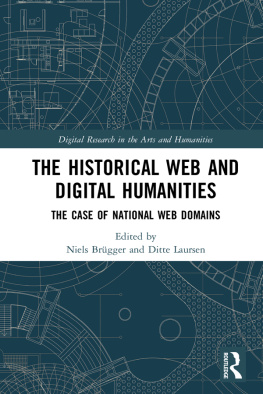
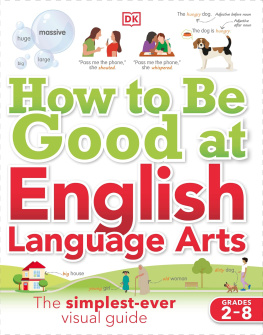
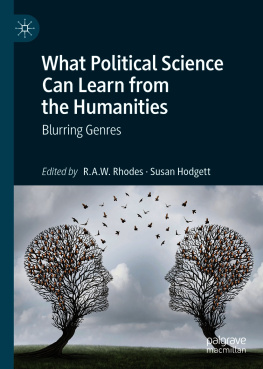
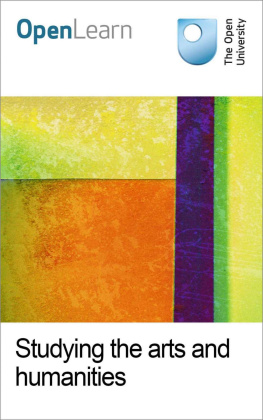

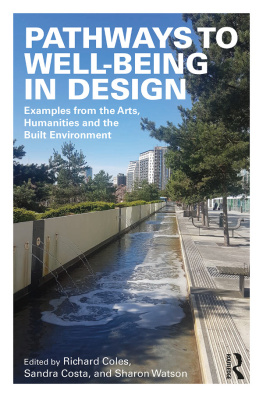
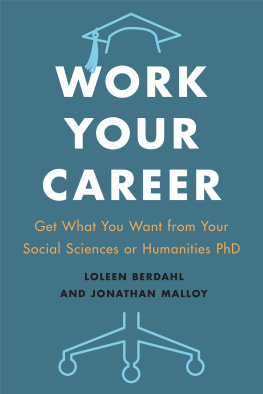
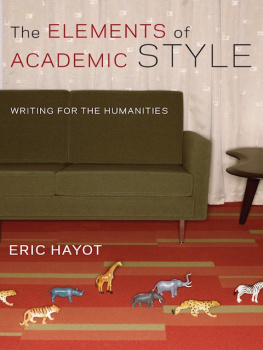
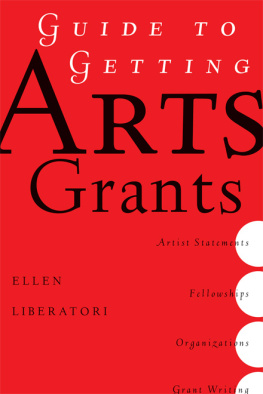


 What does this book do?
What does this book do? Extensive advice on each of the main study skills areas.
Extensive advice on each of the main study skills areas.